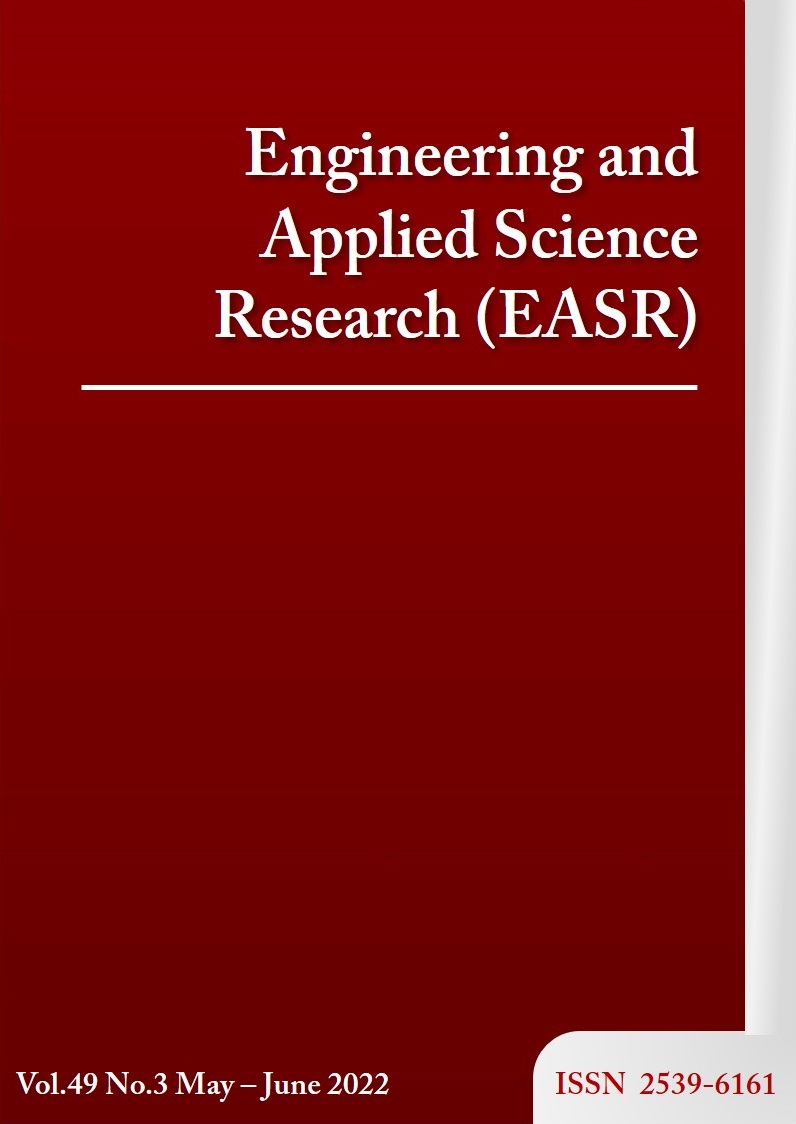Financial feasibility analysis of cost and traffic volume: Case study on toll road investment project
Main Article Content
Abstract
This research was conducted to analyze the impact of construction costs and traffic volume as the main parameters to the feasibility of an investment project with a case study on part of the road of the Sumatran toll road network, located on the Island of Sumatera, which is one of the largest islands in Indonesia. Financial analysis uses indicators of Net Present Value (NPV), Internal rate of return (IRR) and Benefit Cost Ratio (BCR). Investment costs are based on current actual conditions, while revenue is derived from the realization of traffic volume crossing the toll roads. The results of the analysis show that due to the high increase in investment costs accompanied by a decrease in income due to the large difference in traffic volume projections, the project that was originally feasible change to financially not feasible. Therefore, further efforts possible are needed to make the investment feasible. The results show that the required increasing toll tariffs is 1.996 times higher than the initial one, while the extension of the concession does not show any improvement in financial feasibility. Therefore, a proposal is needed so that the tariff is according to the ability and ability of road users while maximizing the potential for non-tariff income.
Article Details
This work is licensed under a Creative Commons Attribution-NonCommercial-NoDerivatives 4.0 International License.
References
Wibowo A. Perkembangan terkini dalam pembiayaan infrastruktur yang melibatkan partisipasi badan usaha. Konferensi Nasional Teknik Sipil 10; 2015 Oct 26-27; Yogyakarta, Indonesia. p. 1-10. (In Indonesia)
Hyari KH, Kandil A. Validity of feasibility studies for infrastructure construction projects. Jordan J Civ Eng. 2009;3(1):66-77.
Wirahadikusumah RD, Sapitri, Susanti B, Soemardi B. Risk in government’s estimate for toll road: based on investors’ perspective. Int J Adv Sci Eng Inform Tech. 2018;8(2):475-82.
Kumaraswamy MM, Zhang XQ. Governmental role in BOT-Led infrastructure development. Int J Proj Manag. 2001;19(4):195-205.
Tsukada S. Global experiences of public private partnership for highway development. State College: Penn State University; 2005.
Chen BL, Liou FM, Huang CP. Optimal financing mix of financially non-viable private-participation investment project with initial subsidy. Inzinerine ekonomika Eng Econ. 2012;23(5):452-61.
Tamin RZ, Mahani I, Marzuki PF. Supported built operate transfer effectiveness analysis to improve financial feasibility of toll roads in Indonesia. Jurnal HPJI. 2017;3(2):128-9.
d’ Arcier BF. Can shadow toll pricing be alternative to investment grant?. European transport conference; 2003 Oct 8-10; Strasbourg, France. United Kingdom: Association for European Transport; 2003. p. 1-17.
Bjornsdottir AR. Financial feasibility assessments. Building and using assessment models for financial feasibility analysis of investment projects [thesis]. Iceland: University of Iceland; 2010.
Rahmalia A, Hasani FA, Purwanto D, Kushardjoko W. Analisa Kelayakan Pembangunan Jalan Tol Pemalang Batang. Journal Karya Teknik Sipil. 2016;5(1):11-24. (In Indonesia)
Hine J, Queiroz C, Chelliah T. Toolkit for public-private partnership in roads and highways. United States: PPIAF; 2009.
Yuwen W, Zhang Z. Simulation of investment returns of toll projects. Texas: University of Texas at Austin; 2013. Report No: SWUTC/13/600451-00075-1.
Nouvellon E, Pirotte H. Private equity performance and asset allocation: impact of low rates and the J curve of cash flows [Internet]. 2008 [cited 2021 Feb 2]. Available from: http://risk-callforpapers.institutlouisbachelier.org.
Snyman HA, Kennon D, Schutte CSL, Von Leipzig K. Formulating a strategy framework to promote SME development. SAIIE25 Proceedings; 2013 Jul 9-11; Stellenbosch, South Africa. p. 8171-20.
Diller C, Herger I, Wulf M, Dynamics C. The private equity J-Curve: cash flow considerations from primary and secondary points of view. United States: Capital Dynamics; 2009.
Sunito FS. Tantangan dan peluang percepatan pembangunan infrastruktur Indonesia. Research & Industrial Linkage for Sustainable Infrastructure; 2016 Oct 13; Bandung, Indonesia. (In Indonesia)
Flyvbjerg B, Skamris MK, Buhl S. How (In) accurate are demand forecasts in public works projects?: the case of transportation. J Am Plann Assoc. 2005;71(2):131-46.
Wahyudi R, Nahdalina. Analisis kelayakan investasi jalan tol akibat risiko keterlambatan proyek dan kesalahan prediksi lalu lintas. Journal Proyek Teknik Sipil. 2019;2(2):14-23. (In Indonesia)
Demaria C. The predictive power of the J-Curve. ACRN J Finance Risk Perspect. 2014;3(4):1-63.
Carbonara N, Costantino Ni, Pellegrino R. Concession period for PPPs: a win-win model for a fair risk sharing. Int J Proj Manag. 2014;32(7):1223-32.
Zhang X. Win-Win concession period determination methodology. J Constr Eng Manag. 2009;135(6):550-58.
Ganes Consultant. Kajian ability to pay dan willingness to pay proyek Jalan Tol Kayu Agung-Palembang Betung Provinsi Sumatera Selatan. Palembang: CV.Ganes Consultant; 2018. (In Indonesia)
Dalimunthe ATPKS, Hermadi, M. Analisis tarif jalan tol dengan pendekatan ability to pay (atp) dan willingness to pay (wtp) (studi kasus jalan Tol Jagorawi). Jurnal Sains dan Teknologi Teknik Utama. 2020;1:93-110. (In Indonesia)
Armijaya H, Annisa. Kajian ATP dan WTP Tol Kanci-Semarang. Planners Insight. 2019;2(2):26-9. (In Indonesia)
Jou RC, Chiou YC, Chen KH, Tan HI. Freeway driver’s willingness to pay for distance based toll rate. Transp Res Part A Policy Pract. 2012;46(3):549-59.



